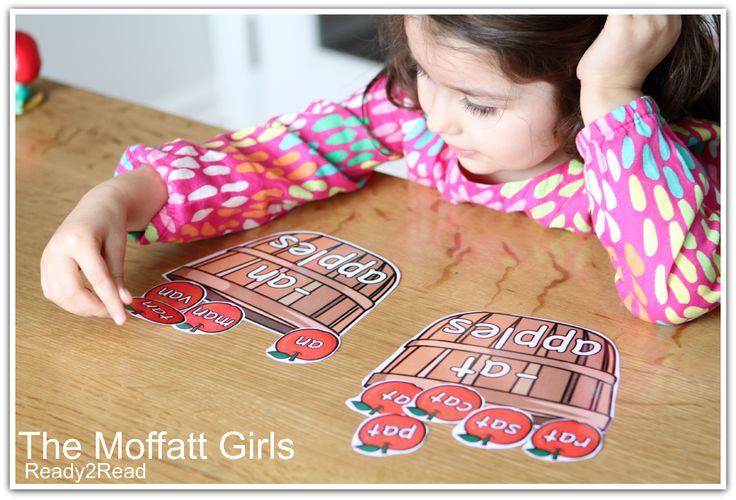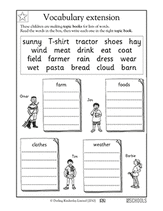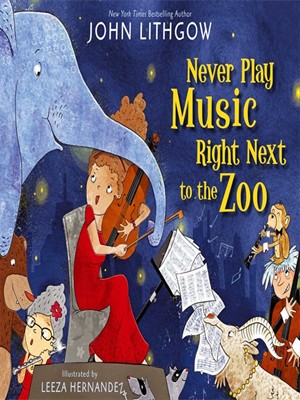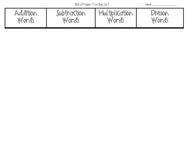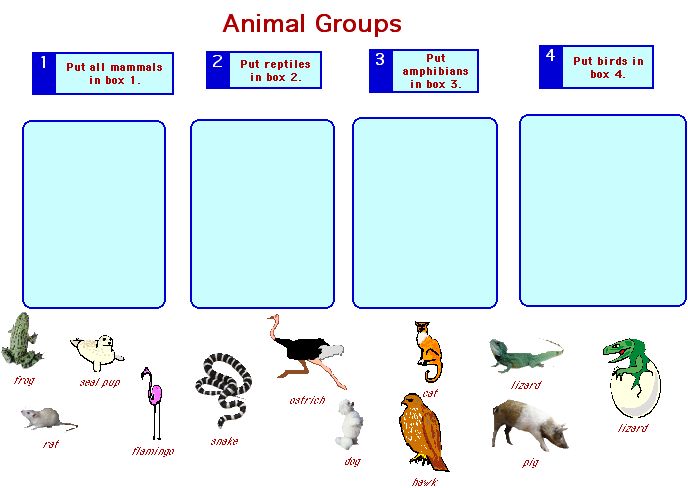A word study sort can be beneficial for ELL students for a variety of reasons. "During a word sort, students categorize previously introduced words or phrases into groups predetermined by the teacher" (Echevarria, Vogt, Short, 2014, page 78). What is a word sort, you might ask? During a typical word sort, the students receive a sheet of paper that familiar words are on, similar to this one. Students cut the words apart and then sort the words according to meaning or similarities in structure. For example, a variety of words with -ed or -ing suffixes are listed in random order on the sheet of paper. After you orally read the words to the students, they should chorally read them back to you so they are sure of how the word is pronounced. The students cut the words out and sort them to how they see fit. This may also be called a word hunt. For your english learners and struggling readers, you may wish to engage them in a small-group lesson with the sorts to teach and reinforce how the structure effects the English words (Echevarria, Vogt, Short, 2014, page 79). ELLs need extra support with vocabulary and words that are new to them. This strategy reinforces their learning by looking at the make-up of the word (phonemes, phonics, syllables, etc.). There are many types of word sorts that teachers could use in the classroom that are listed below. These strategies should be chosen based on the lesson being given and the background knowledge of the learning styles of the students in the class.
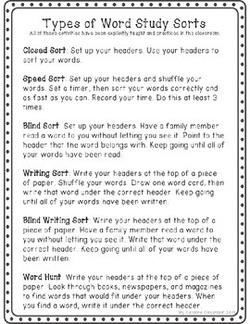
Types of Word Study Sorts Link
This visual explains the different types of word sorts briefly. This worksheet could be used as a handout to remind students of their task when doing a word sort. "Help fine-tune K-5 students' higher-level thinking skills by having them categorize information. Students cut out and sort words according to the categories provided at the top of each sheet, or by creating their own categories. There are more than 60 word sorts in all, covering letters, sounds, content area topics, and open sorts (Word Sorts, 2015, paragraph 1)." Click the button below!
|
Ways to Differentiate Word Sorts
(Echevarria, Vogt, Short, 2014, page 79, 80)
|
What are the different types of word sorts?
This video describes the different types of word sorts and how they are used in the classroom. This video describes a you sort, speed sort, pattern sort, and a blind sort. There are many different types of sorts that teachers can use. The challenge as a teacher is knowing which sort to use that would be the greatest benefit to which learner.
This video explains how word sorts work and discusses different ways to sort words! This video is by Words Their Way. It explains how students find word patterns within words and breaks down the understanding needed to complete a word sort properly. At the end of the video it actually talks through how a student might think while completing a word sort.
Word sorts Linked to content areas
Word sorts are not limited to just Reading classes. Word sorts can be used in all types of courses, whether it be Reading, Writing, Mathematics, Science, Social, Music, Health, etc.
Resources
Echevarria, J., Vogt, M., & Short, D. J. (2014). Making Content Comprehensible for Elementary English Learners: The SIOP Model. Pearson.
Images from: Books stacked in a row - Google Search. (n.d.). Retrieved September 20, 2015.
Images from: Children ready for school - Google Search. (n.d.). Retrieved September 20, 2015.
Image Links are listed around or by clicking on the picture itself
Riebe, E. (2013). Word Sorts What Do We Do. Retrieved September 20, 2015, from https://www.youtube.com/watch?v=UAoHriJ6_1Y
Inf--Lite Teacher (2014). Words Their Way - Word Sorts. Retrieved September 20, 2015, from https://www.youtube.com/watch?v=UAoHriJ6_1Y
Word Sorts. (2015). Learning A-Z. Retrieved September 20, 2015, from https://www.readinga-z.com/vocabulary/word-sorts/
Wright, W.E. (2015). Foundations for Teaching English Language Learners: Research, Theory, Policy, and Practice. Philadelphia: Caslon Pub.
Images from: Books stacked in a row - Google Search. (n.d.). Retrieved September 20, 2015.
Images from: Children ready for school - Google Search. (n.d.). Retrieved September 20, 2015.
Image Links are listed around or by clicking on the picture itself
Riebe, E. (2013). Word Sorts What Do We Do. Retrieved September 20, 2015, from https://www.youtube.com/watch?v=UAoHriJ6_1Y
Inf--Lite Teacher (2014). Words Their Way - Word Sorts. Retrieved September 20, 2015, from https://www.youtube.com/watch?v=UAoHriJ6_1Y
Word Sorts. (2015). Learning A-Z. Retrieved September 20, 2015, from https://www.readinga-z.com/vocabulary/word-sorts/
Wright, W.E. (2015). Foundations for Teaching English Language Learners: Research, Theory, Policy, and Practice. Philadelphia: Caslon Pub.


